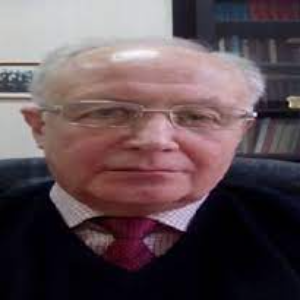Title : Interlayer dynamics of the active sites of transition metal sulfide-based catalysts and the mechanisms of hydrodesulfurization of oil fractions and synthesis gas conversion into higher alcohols and other oxygenates
Abstract:
Recently suggested concept on the dynamic nature of active sites (AS) of the catalysts (Dynamic Model - DM) based on transition metal sulphides bases a hypothesis, that AS formed and functioning under the reaction conditions can oscillate between layers of promoted molybdenum sulphide. The DM assumes the existence of the AC of different types and the possibility of their mutual transformation due to the reversible migration of sulphur and promoter between the crystallite layers in a hydrogen atmosphere. The DM explains a series of “structure – property” correlations. The results suggest that the catalytic activity in hydrodesulphurization (HDS) and hydrogenation (HYD) reactions depends on the shape of crystallites of the active phase. Alkali-modified CoMoS is a promising catalytic system both for hydrotreating of FCC gasoline and synthesis of higher alcohols from synthesis gas. According to quantum chemical calculations potassium donates electronic density onto the Co atoms of CoMoS phase AS. Reduction of metal atoms of the AS leads to a decrease in Lewis acidity and in the CO and H2 adsorption energy as well as promoting the oxidative addition of H2. The influence of ethanol addition to synthesis gas on its conversion and the product composition results in sharp increase of CO conversion in the presence of ethanol. A reaction network of CO conversion on the KCoMoS catalyst active sites depending on the catalyst composition and reaction conditions was suggested. The proposed model makes it possible to develop criteria for the evaluation of the efficiency of catalytic performance for HDS of oil crudes of various types, for syngas conversion with formation of higher alcohols and their followed conversion into wide range of oxygenates.



